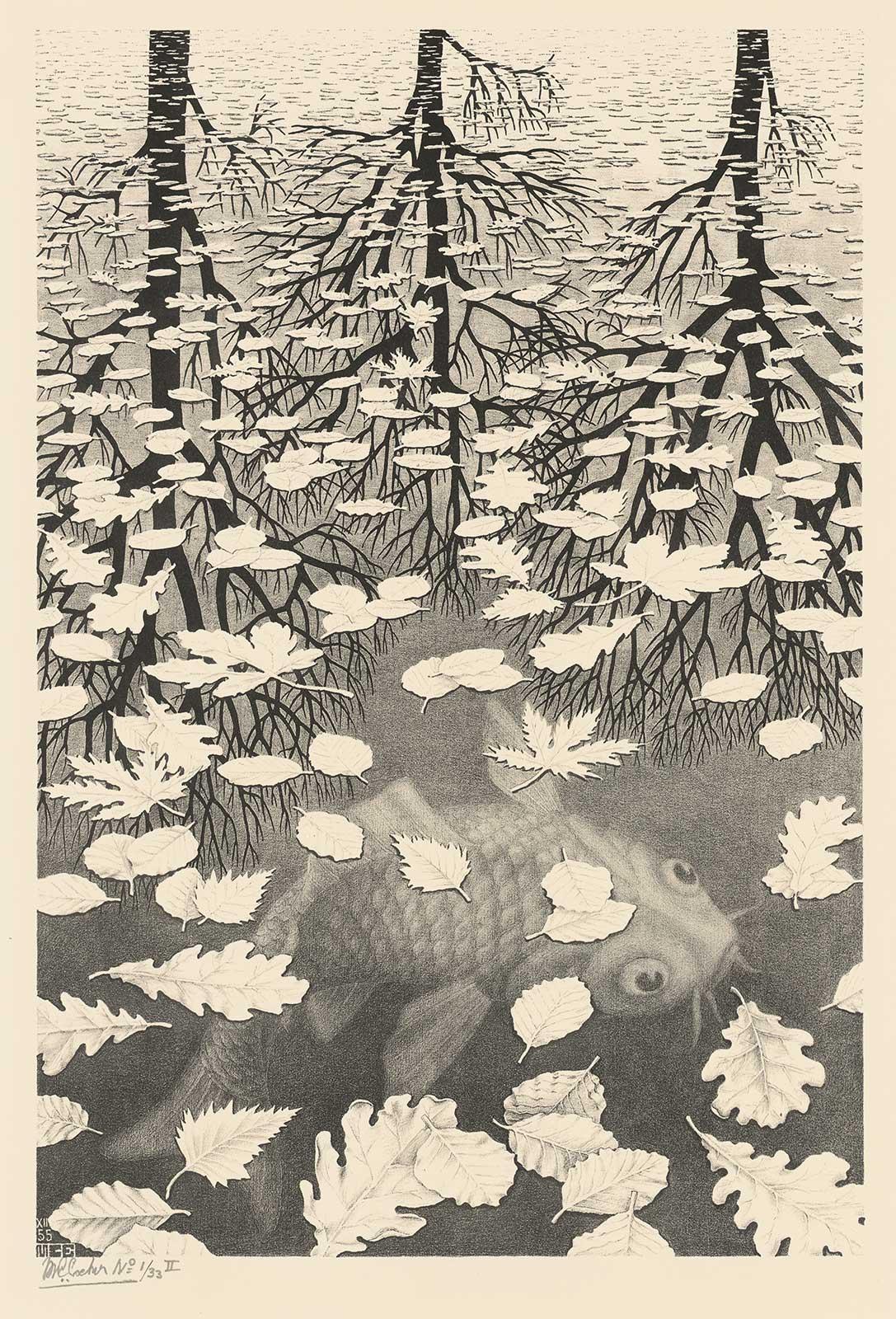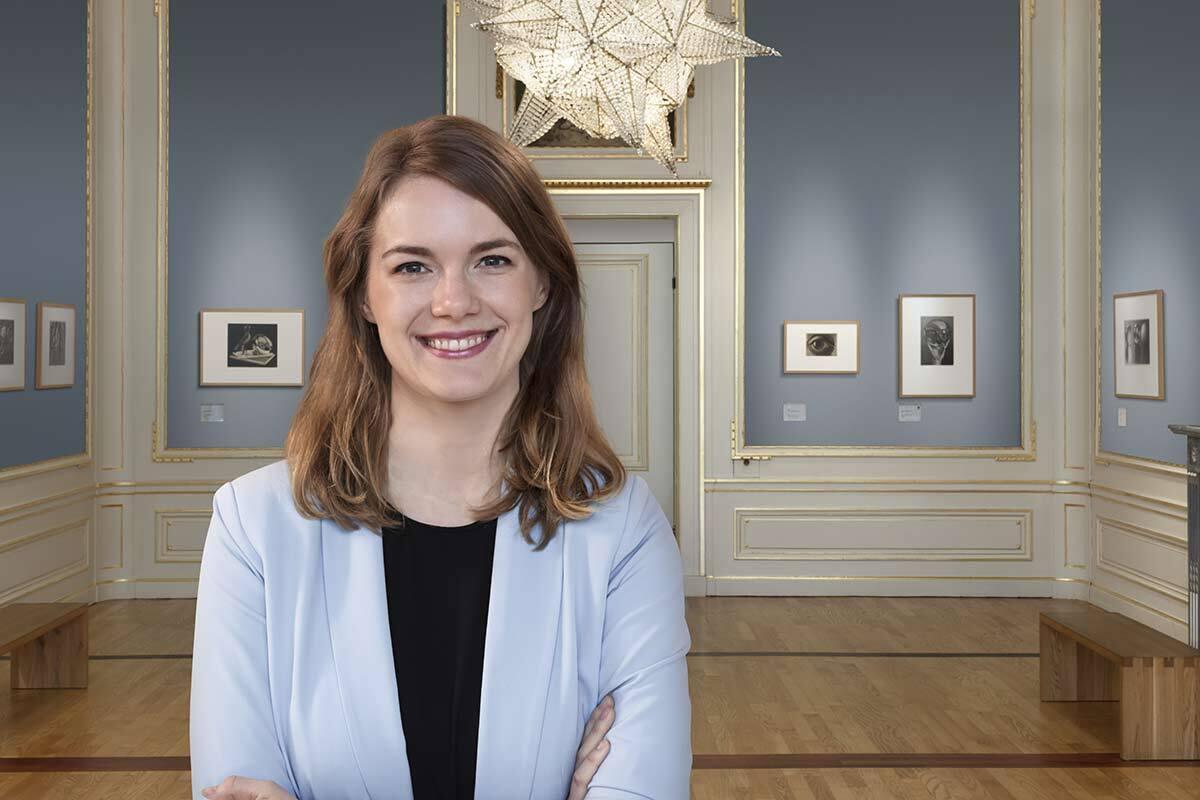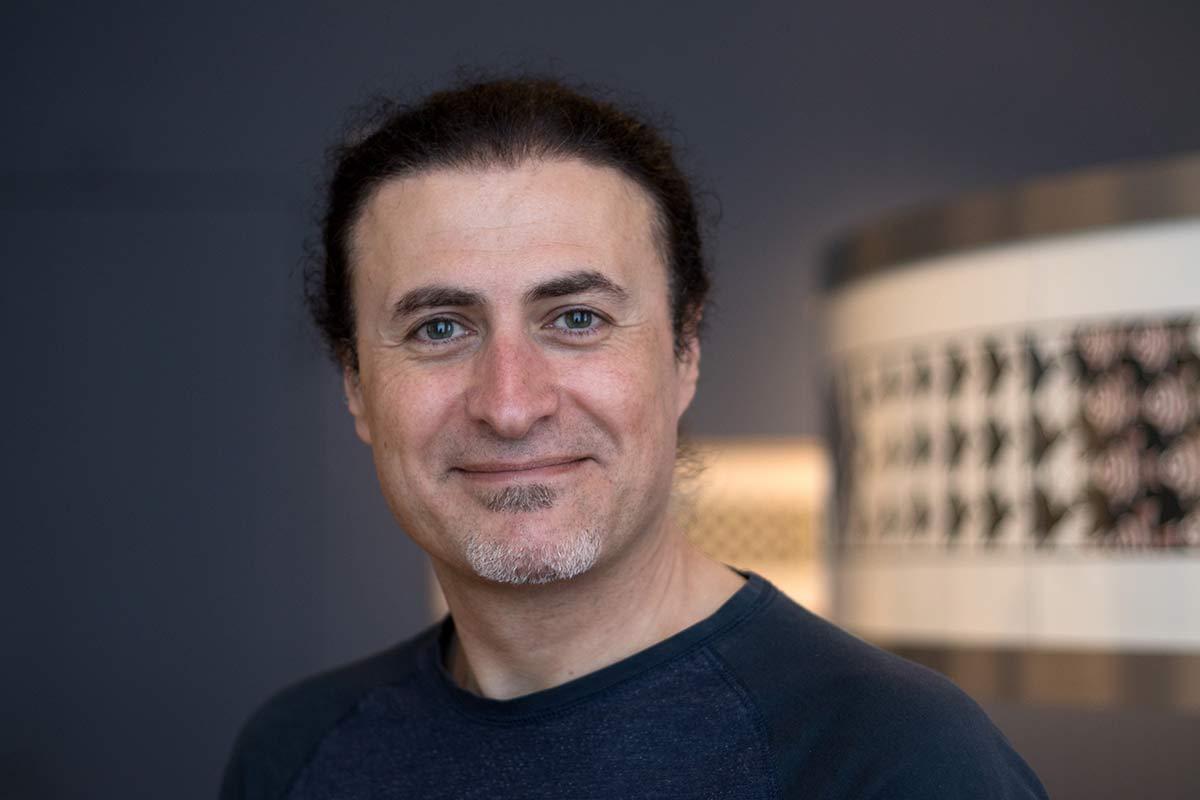
A lot has changed in the world since the corona crisis. This is also the case at Escher in The Palace. Our colleagues are happy to tell you about these new times in the museum and their own function in our Co-worker Monday.

Caroline van Ophem
What exactly do you do at Escher in The Palace
My name is Caroline van Ophem and I am the purchaser for the Palace’s gift shop (the ‘Paleiswinkel’). What this means is that I am involved in strategic purchasing, renewal of the range, and managing the store. I am in close contact with our suppliers for such purposes as negotiating prices. The museum is of course closed on Mondays, so on those days I work with a separate team on checking all the products in the shop and discussing what needs to be ordered. I also deal with the interior of the shop. People walk a certain route through a shop, so how you arrange your products can affect sales. I am also extensively engaged in processing feedback from visitors, which comes in from the museum via emails or surveys. The volunteers who work in the shop also see and hear a lot of course.
What exactly is the Paleiswinkel?
It is the official shop of the museum, but it is a separate foundation. The profit we make as a shop goes to multiple cultural causes in The Hague. Most donations go to Escher in The Palace and the Kunstmuseum. The foundation is a voluntary association with only two paid persons. Above me is the board, who determine where the donations go.

M.C. Escher, Three Worlds, lithograph, December 1955
What is your favourite Escher artwork?
My favourite print is Three Worlds (1955). I think it is a very romantic print, very deep. I find it very clever how Escher managed to capture three dimensions in one print. Of course I don't know as much as, let's say, the curator, but this print gives me a very nice feeling. In any case, this work is very special to me.
What do you enjoy most about your job?
I really enjoy looking for new items and trying them out in the shop. It is a challenge to be more successful than the previous year. I am always hoping for an upward trend, so more money can go towards culture. Another thing I really like about my work is that I can unpack so many boxes. Which might not be what you would expect to hear, but I get a great deal of satisfaction from it. Communicating with our suppliers is also very enjoyable. You talk to each other a lot over the phone, but sometimes you see each other in person during a fair and that is always fun. There is a lot of contact and trust. We also sell items from very small companies, some of which are handmade crafts. I like that we have those kinds of special items in the shop.

M.C. Escher, Dag en nacht, houtsnede in zwart en lichtblauw, februari 1938
What do you think is the most beautiful work by Escher that the Paleiswinkel helped to buy?
For me, that would have to be the print Day and Night (1938) in black and blue. It is a very special print of the woodcut—usually you see the black and white print. The foundation contributes to works exhibited by the museum. The blue version of Day and Night suddenly came up for sale and our foundation made a donation to the museum at that juncture to enable the print to be purchased. When I walk through the museum, I always love seeing this print on the wall.





